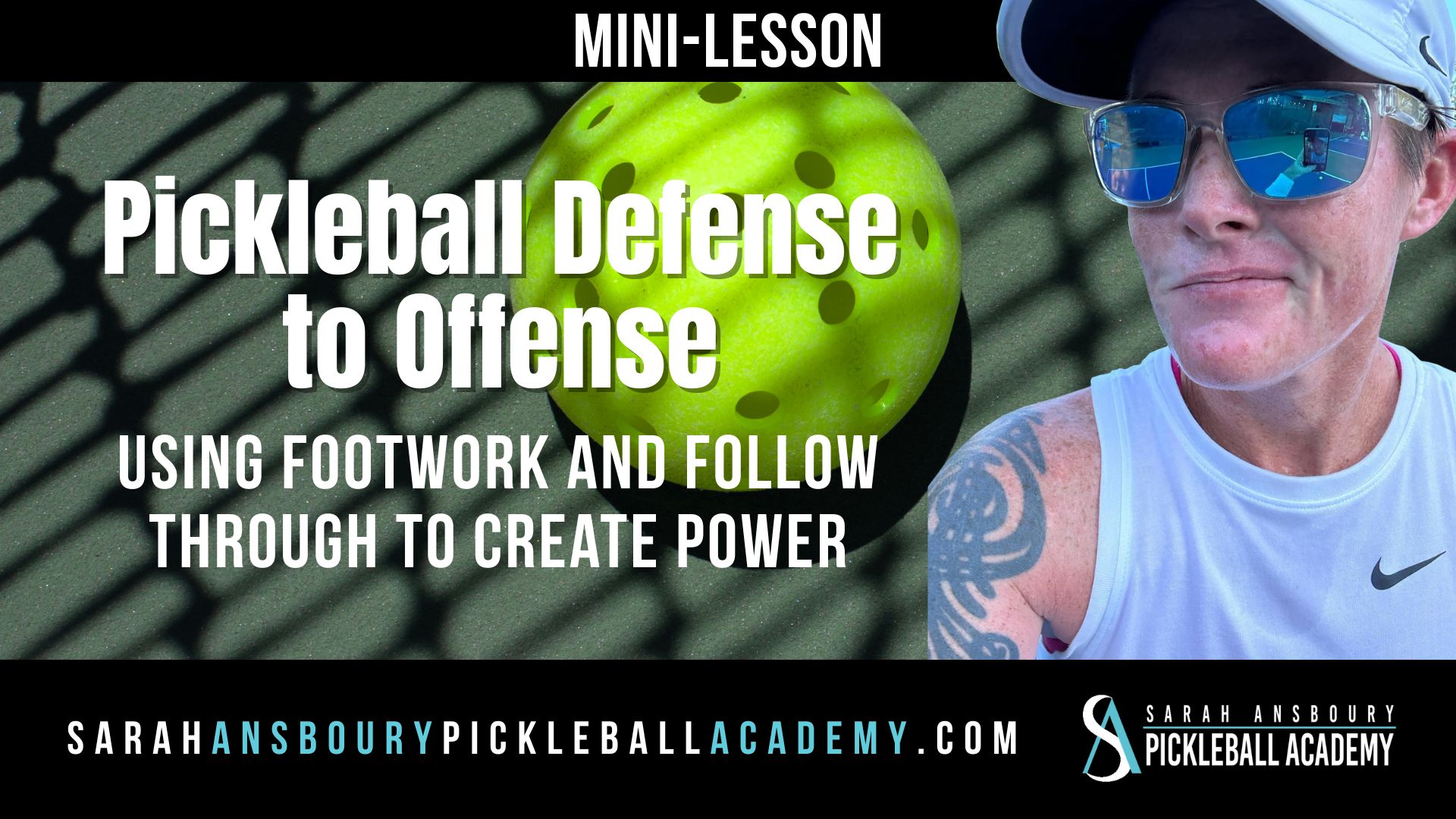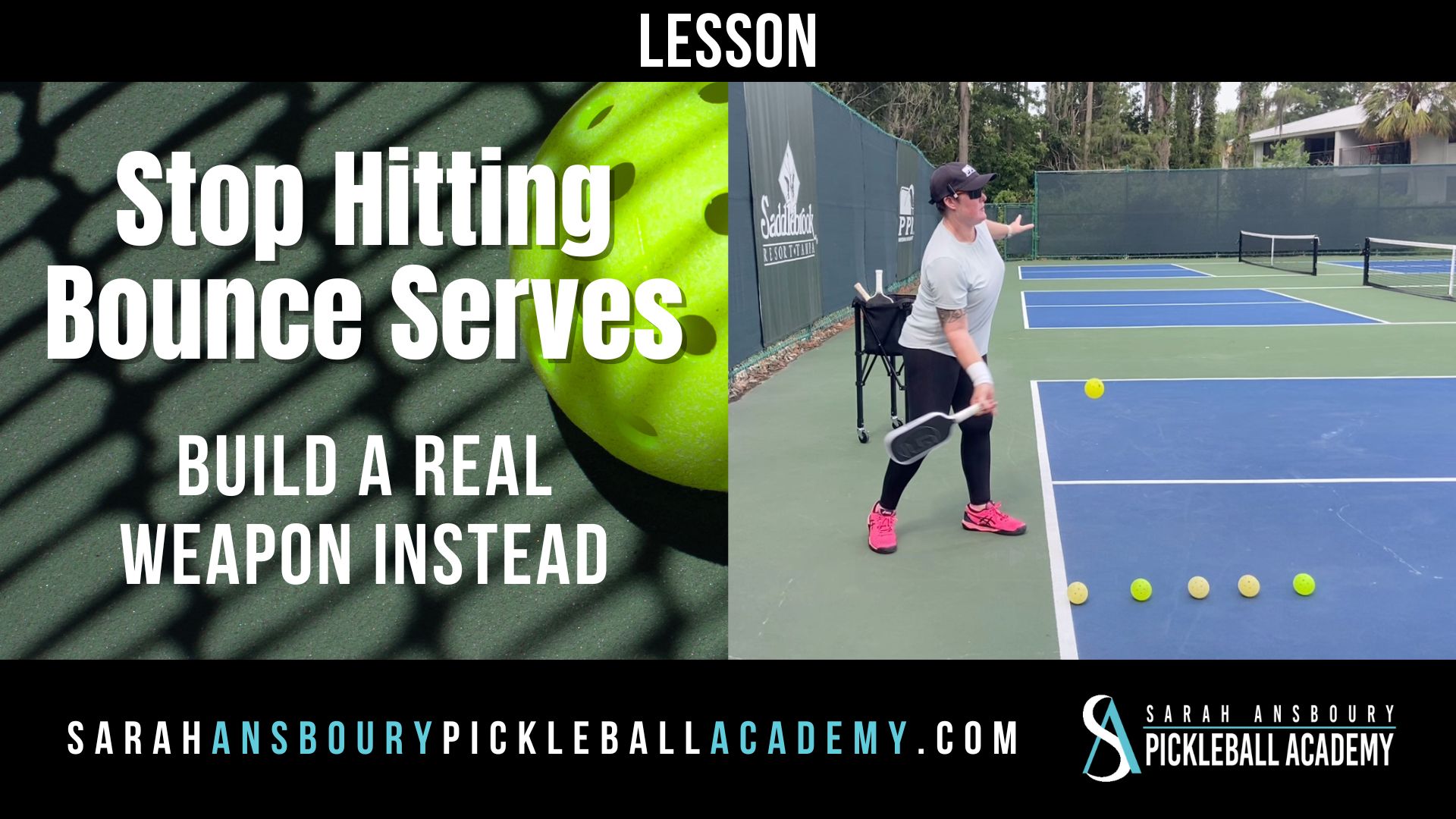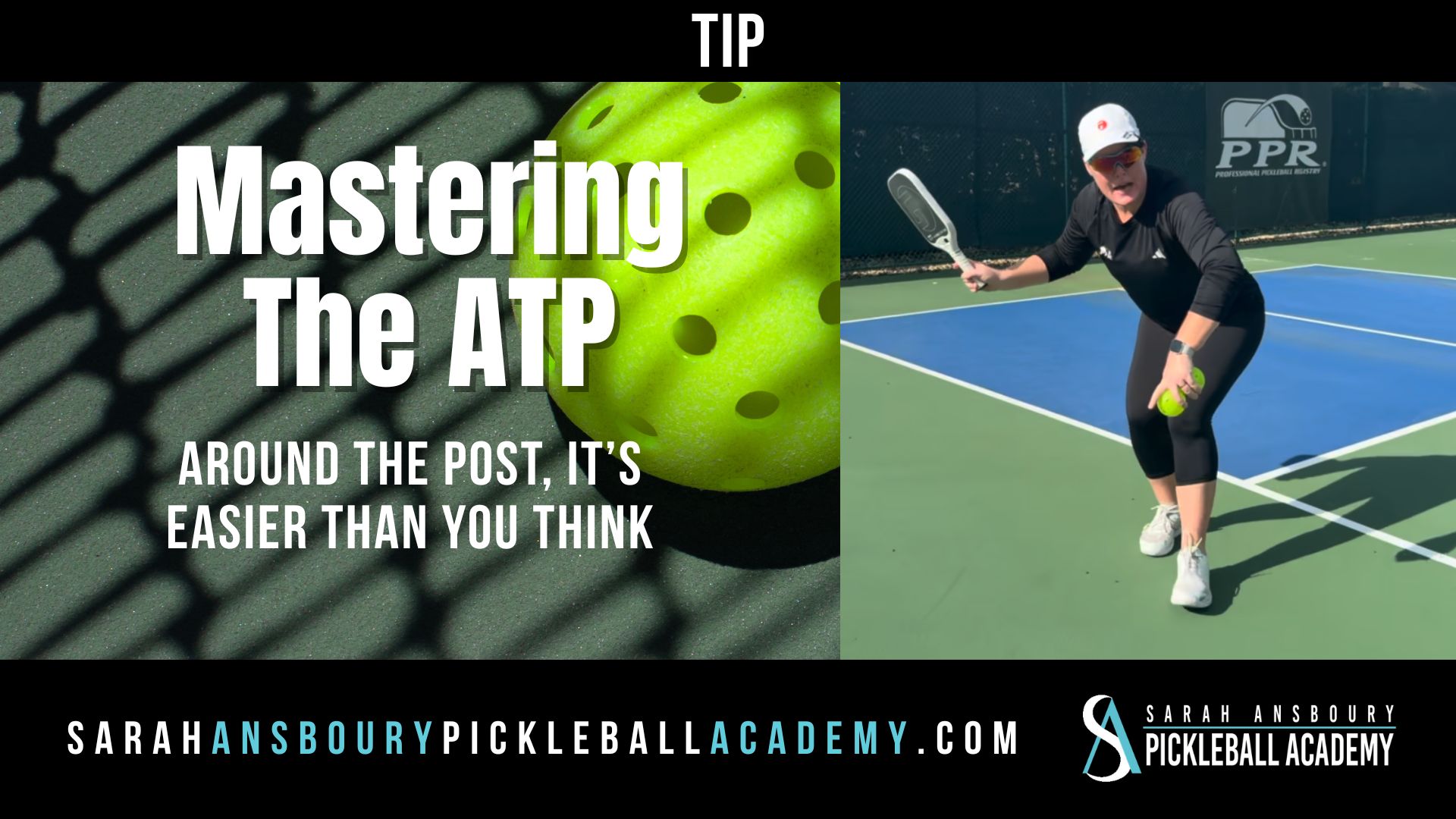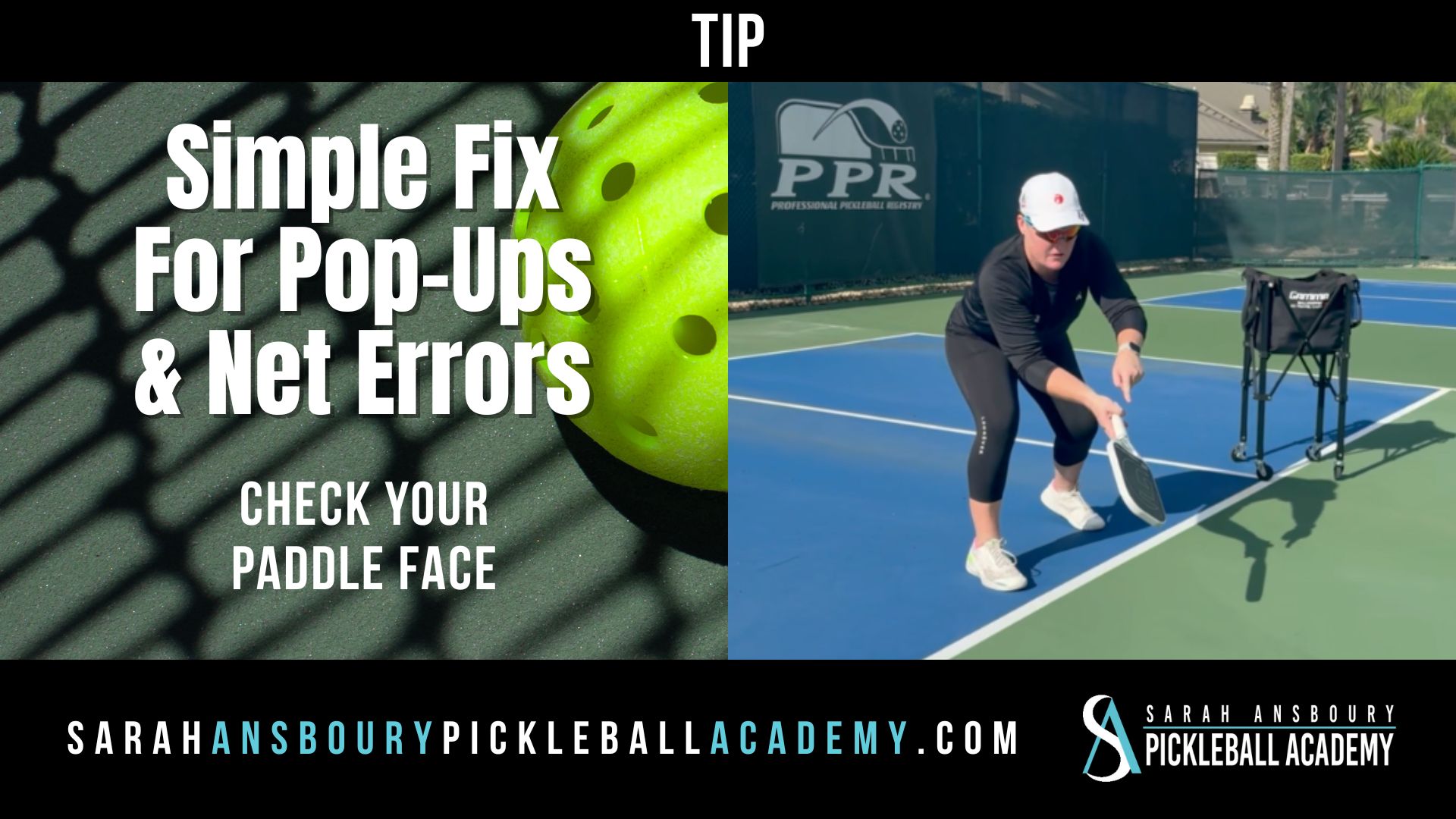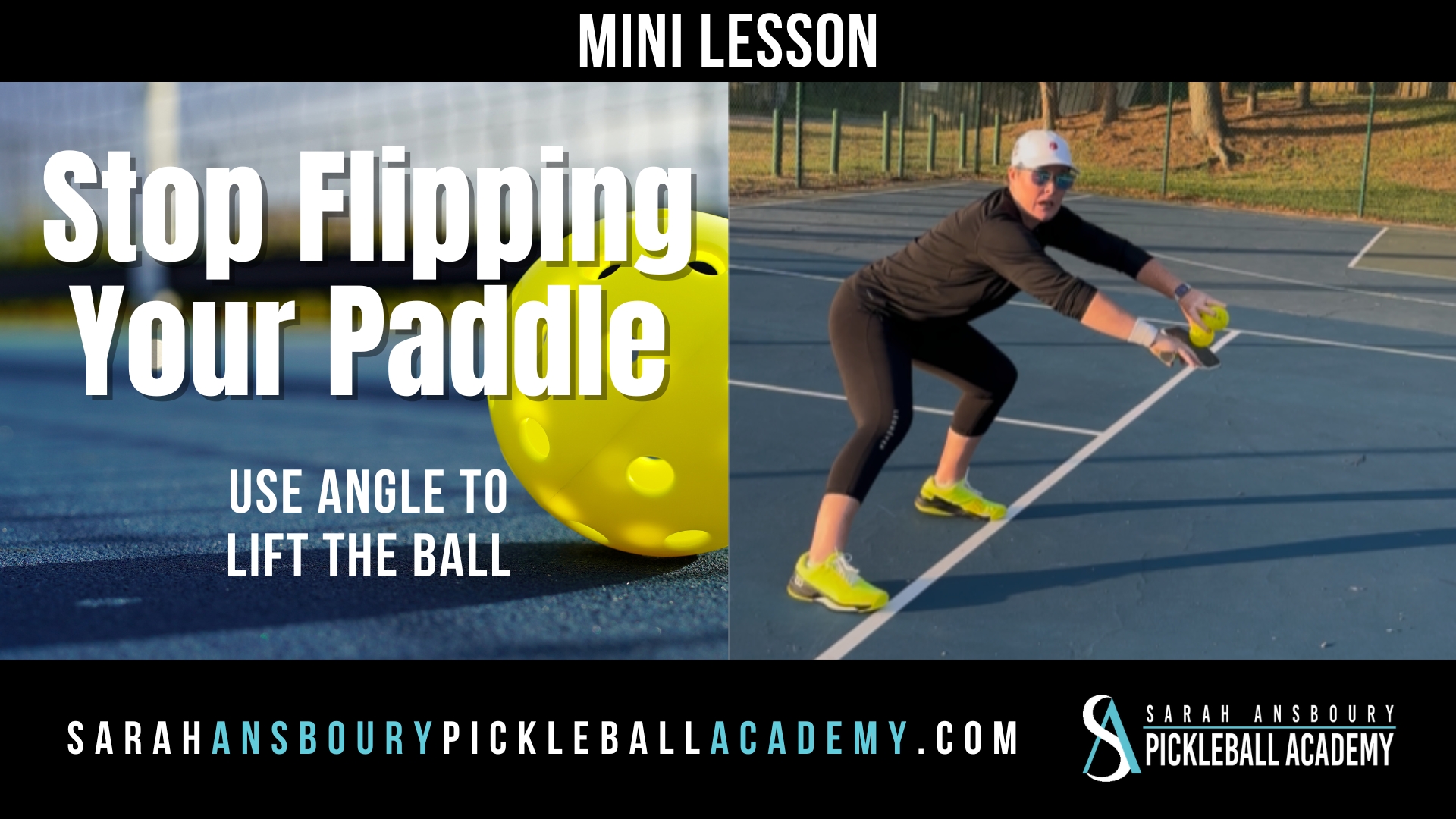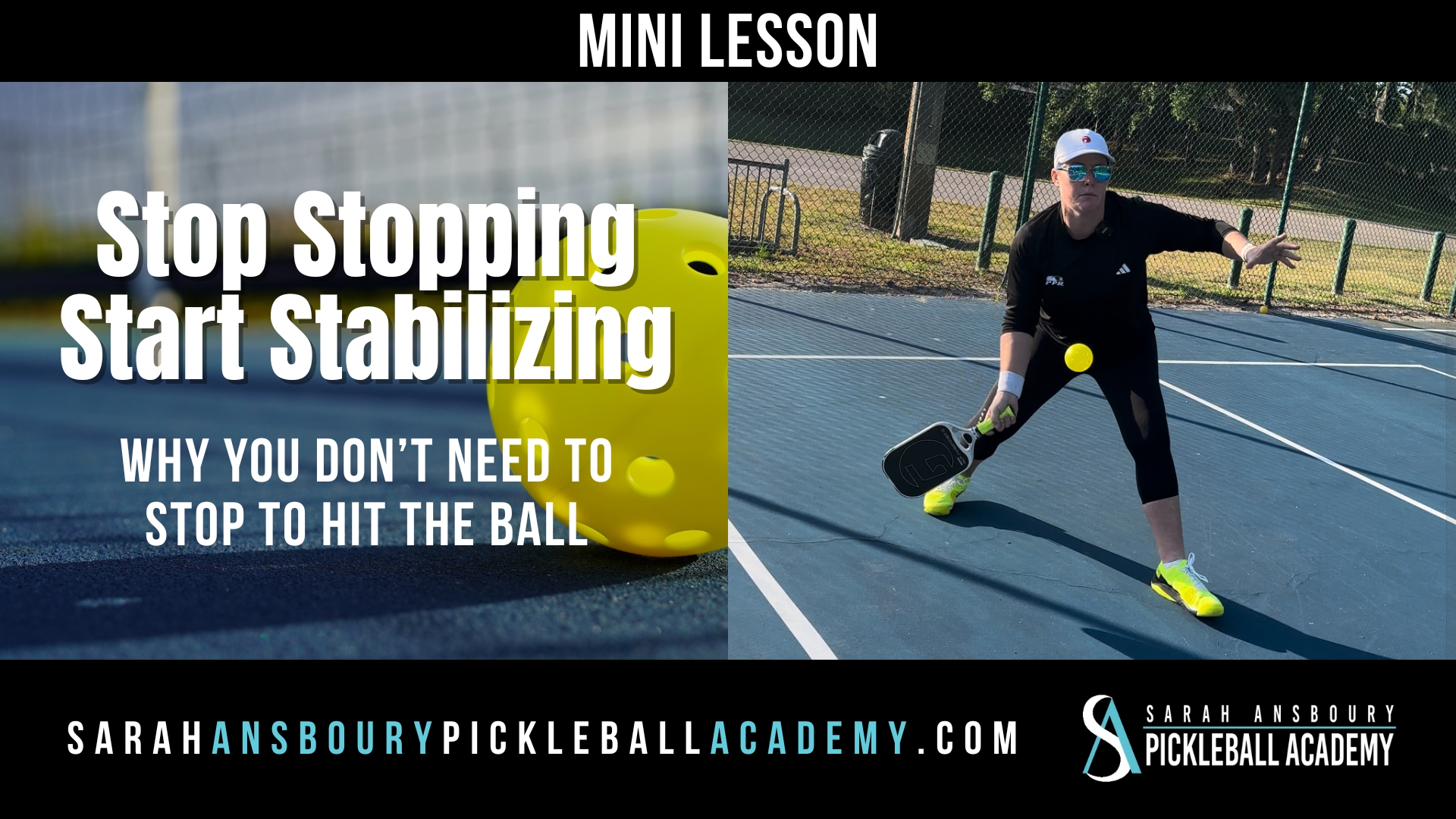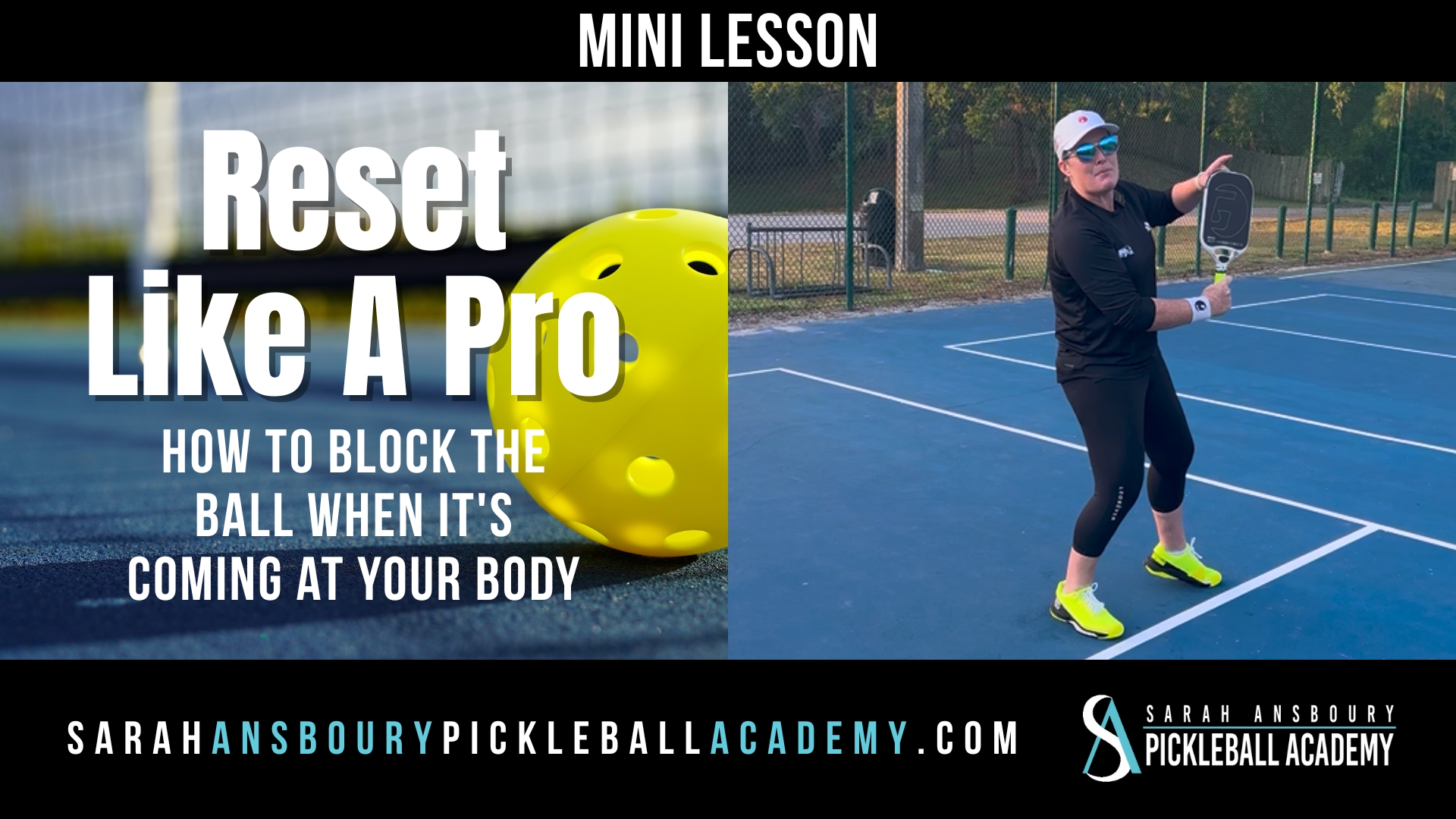Pickleball line calls: Is it in or Out? Can you be sure? And if you aren’t sure, what should you do?

Lines are Good
We all know that the baseline and the sidelines are considered part of the court. The IFP Rulebook clearly defines that dimensions of the court to be “inclusive of lines”. (Since the non-volley-zone line is part of the non-volley-zone, a serve that hits the non-volley-zone line is considered a fault as it is outside the service area.)
Touching vs. Covering the Line
The Rule Book, in Section 6, provides additional instruction regarding line calls. Specifically, 6.A, 6.B, and 6.C make clear that a ball’s position is determined by where it touches the court.
6.A. A served ball that clears the non-volley zone and lands in the correct service court or on any correct service court line is in.
6.B. Except the serve, any ball in play that lands in the court or touches any court line is in.
6.C. A ball contacting the playing surface outside of the baseline or sideline, even though the edge of the ball overlaps the line, is considered out of bounds.
Matter of Perspective
When I am asked by a student about making line calls, I emphasize three things:
- The angle from which you view the ball and the line may deceive you. I will ask the student to stand to the side of the line
 and place a ball close to the line. I will ask, “Is this ball on the line or out?” I then ask them to move so they are positioned looking down the line and ask them again. Many times, they will change their mind.
and place a ball close to the line. I will ask, “Is this ball on the line or out?” I then ask them to move so they are positioned looking down the line and ask them again. Many times, they will change their mind. - Given the above, if one standing only a few feet from a ball has difficulties, how likely is it that a person at least 14′ away and perhaps 40′ away saw the ball and line clearly? This is why the responsibility for calling in or out lies with the team on whose side the ball is being called.
- In the case of a disagreement among teammates or uncertainty, the call should favor one’s opponent.
Sportsmanship
Pickleball line calls are tough. There is a reason the Rule Book devotes three entire pages to what seems to be a simple thing. It is tough for a referee and even a line judge that is seated in the ideal location with only one responsibility during a match.
When playing in a social, non-tournament setting, I would never question my opponent’s call. Why would I? In the heat of a tournament, if the opposing team is wavering and I believe I saw it clearly I may ask the referee. But as a referee, I know that I wouldn’t override a call unless I was 100% certain…and being that certain is tough if I am watching for non-volley zone foot faults, or based on where I am standing.
Like most things in life, you do the best you can when you make pickleball line calls.

